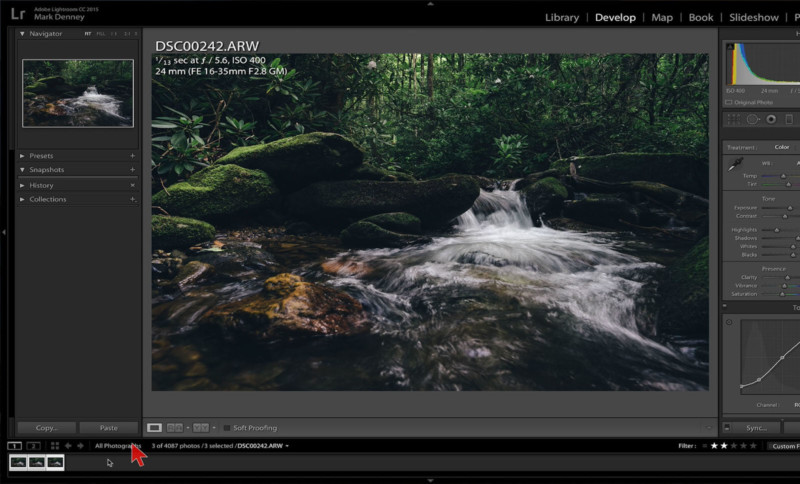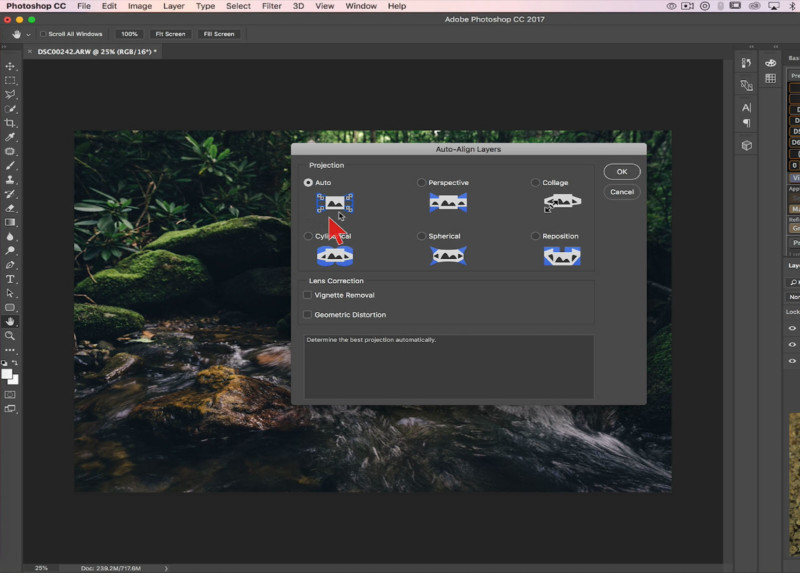The popularity and widespread use of focus stacking in landscape photography have dramatically increased over the last few years. The concept typically reserved for macro photography has quickly won over countless outdoor photographers worldwide. With more and more landscape enthusiasts using wide angle lenses to capture images with dramatic foreground elements, it’s become nearly impossible to create front-to-back pin-sharp photos.
If you’re not familiar with what focus stacking is, fret not – the concept is very straightforward. It’s simply the act of taking a series of images with each photo focused at a slightly different distance from your camera and combining only the sharp portions of each, thus creating one final image that’s perfectly sharp throughout.
I recommend shooting at least a total of three images, one for the immediate foreground, one for the mid-ground and one focused on the background. Now once you have your series of images captured, it’s time for the real magic. I’ve come across numerous different approaches to create focus stacked images, but none that are as quick and simple to produce as the process I’m going to outline here.
Once you have your series of images captured, load them into Lightroom – I usually apply a quick edit to one of the images and sync the edit across the entire series.

Next, open all the images as layers in Photoshop. Make sure all three layers are highlighted then go to Edit->Auto Align Layers and select Auto.

For the final step select Edit->Auto Blend Layers and choose Stack Images.

I’m not sure what Adobe wizardry goes into this, but somehow Photoshop knows to allow only the portions of each image that are in perfect focus to show through while simultaneously creating a mask to block out the areas not in focus.
The end result is a photo that’s in complete focus from front to back — easy as that. Once you have your series of images loaded into Photoshop the entire process takes less than 90 seconds — well worth the extra effort if you ask me!
If you found this tutorial useful, you can follow along with my future videos by subscribing to my YouTube channel.
About the author: Mark Denney is a landscape photographer based in North Carolina. The opinions expressed in this article are solely those of the author. You can find more of his work on his website, Facebook, Twitter, and Instagram.